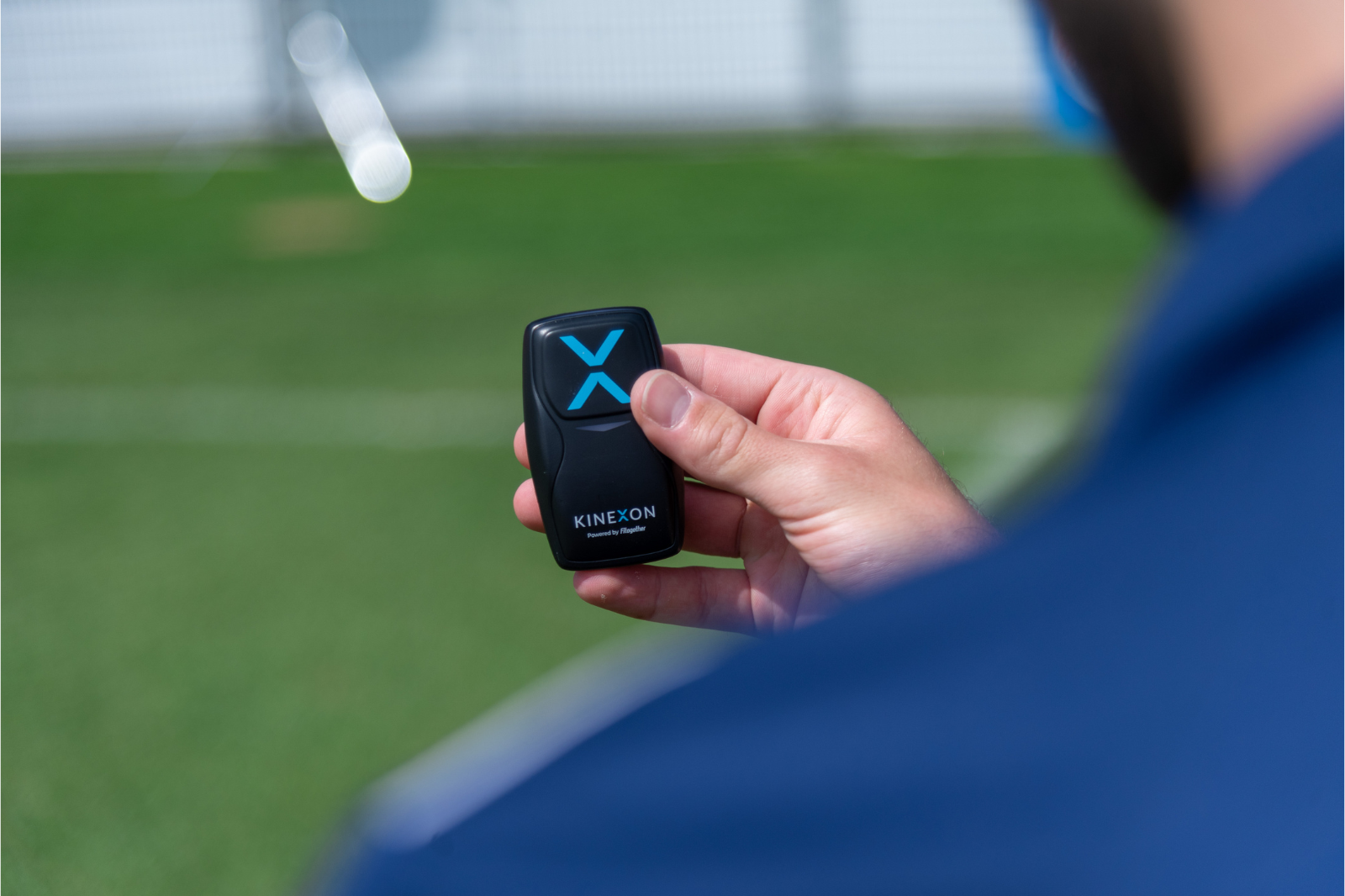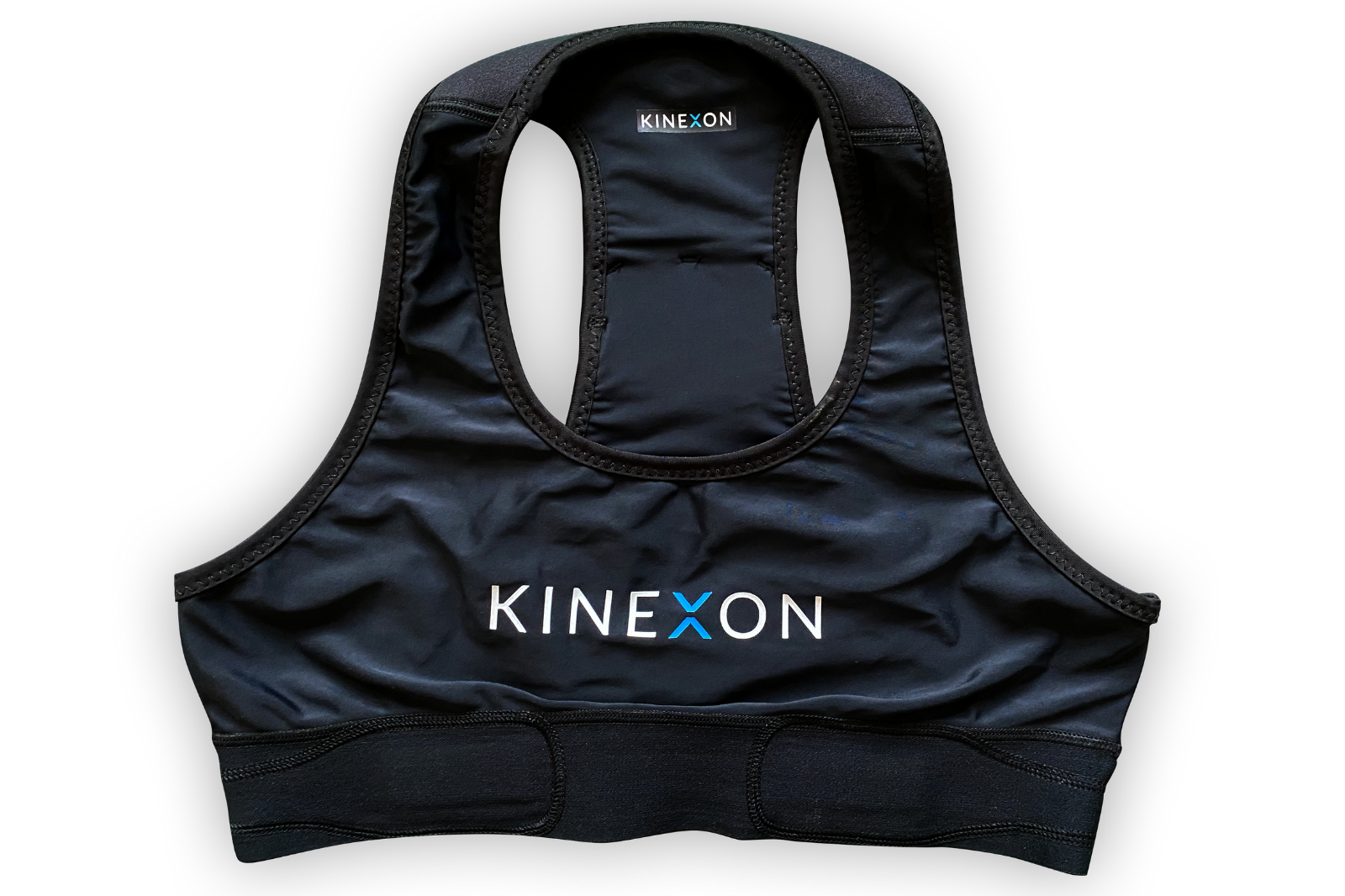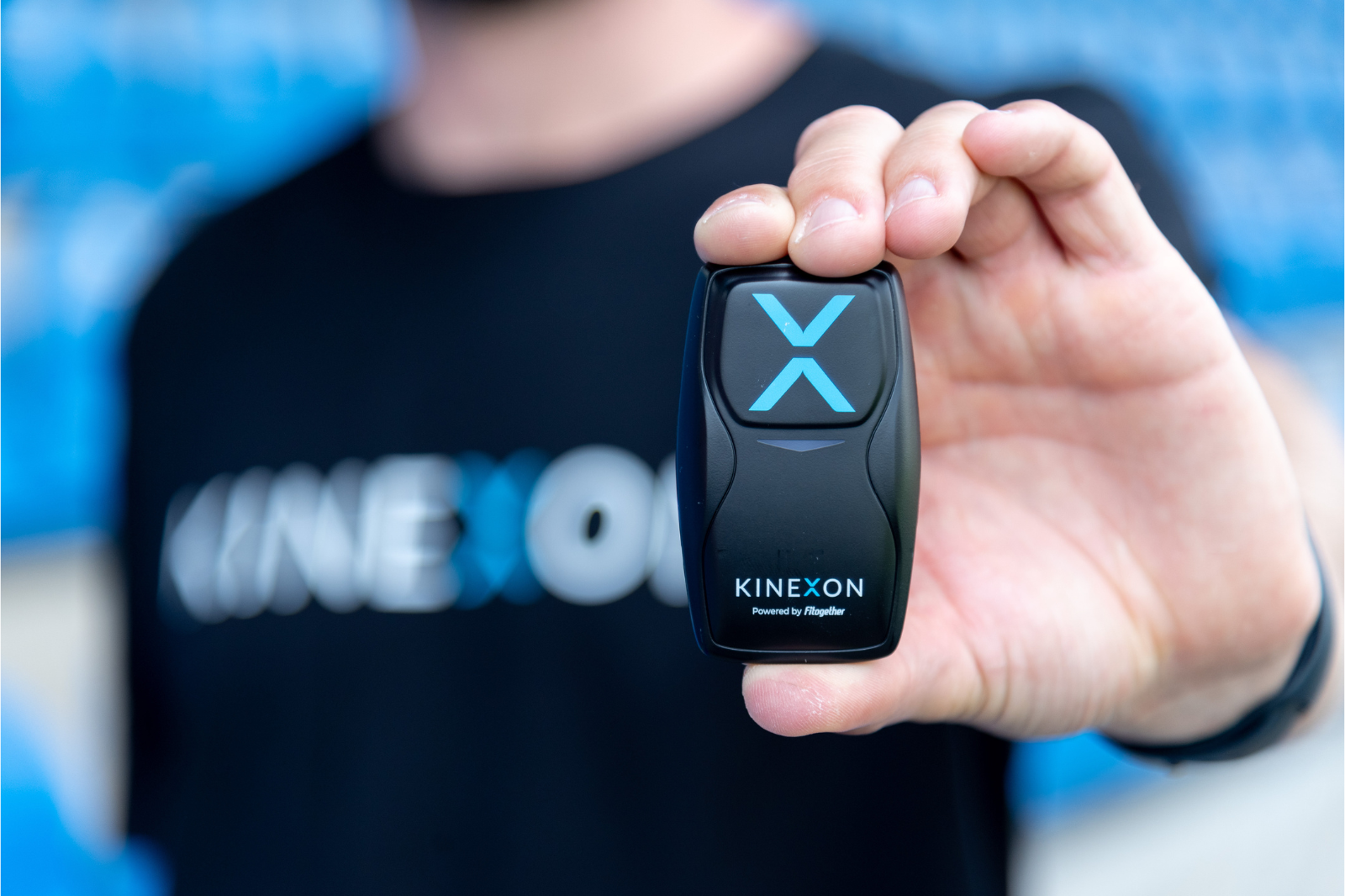KINEXON and INTEL present technology of tomorrow
For the first time KINEXON and Intel present innovative wearables and smart home applications. The European roadshow leads through Berlin, Milan, Madrid, Paris and London. Precise indoor localization is an important factor for the Internet of Things.

In 1965 the “Economics” journal published a seminal article by Gordon E. Moore, co-founder of the Intel Corporation, which had a significant impact on the digital revolution. With his statement that the number of transistors in a dense integrated circuit would double approximately every two years, he laid the foundations for a principle that we refer to nowadays under the term “Moore’s law”. This year, the famous law celebrates its 50th anniversary.
Over these past 50 years, we have seen quite impressive inventions and disrupting innovations. In spite of these past achievements, there is still a huge potential for future innovations since nothing is more constant than change. To provide an outlook on the technology of tomorrow Intel organizes once a year the “Intel Future Showcase” event series that presents innovative products & solutions. With Berlin, Milan, Madrid, Paris, and London the event series traveled through five major European tech hotspots.
This year it was a special honor for Kinexon to team up with Intel and reveal the tech of tomorrow in the field of wearables and smart home applications. Combining Kinexon’s centimeter accurate localization and motion technology with Intel’s Home Gateway and the compact Intel Edison and Galileo microcomputers enabled visitors to interact with the smart home in a completely new way.
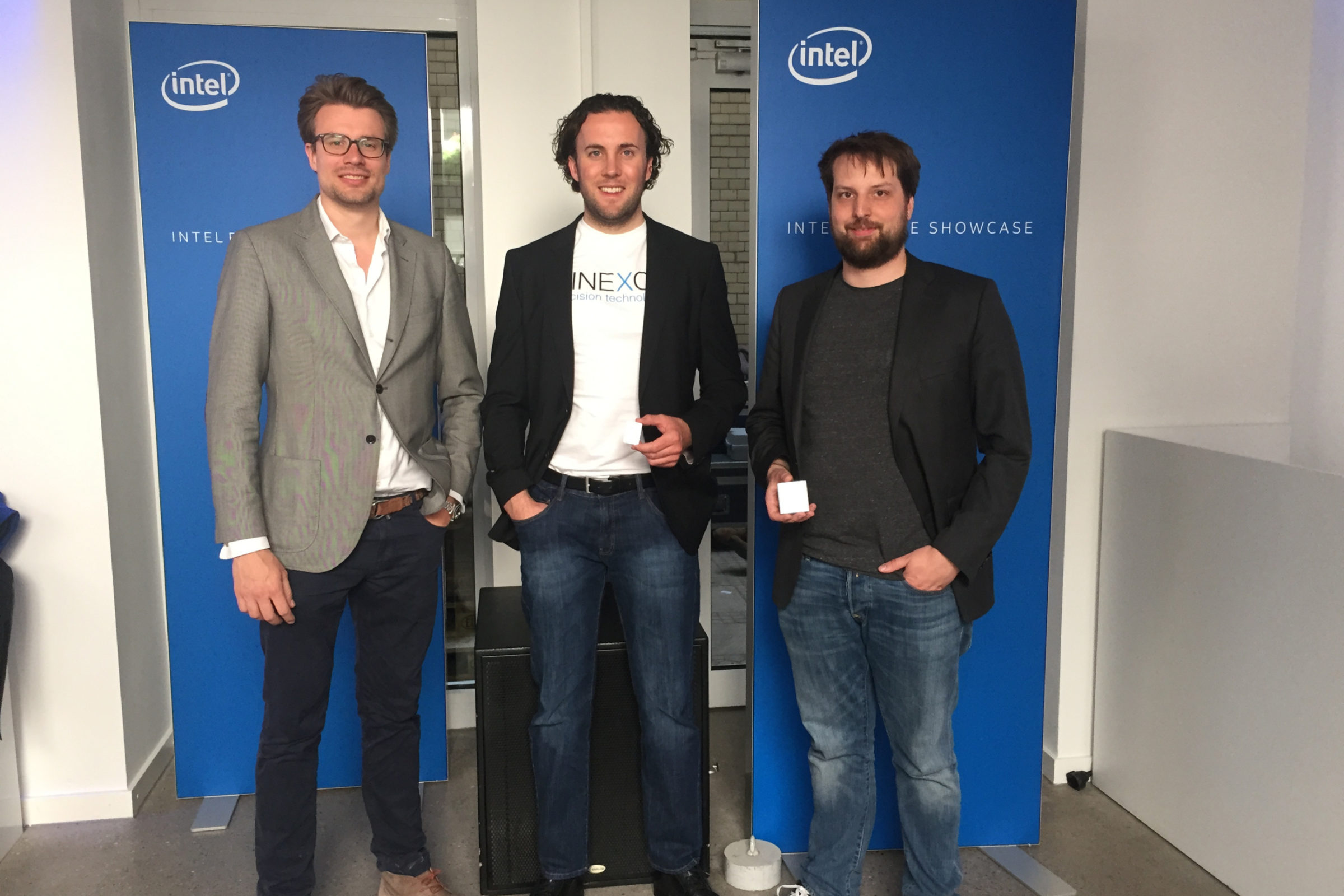
To enable visitors to get directly in touch with the futuristic experience, Intel and Kinexon transformed the showcase locations into smart home environments simply setting up four Kinexon Anchors. Similar to the satellite principle that we know from GPS, the Anchors act as small reference points that are installed within minutes in any indoor and outdoor environment. Since the Anchors do not require any Ethernet cables, the minimalistic setup can be operated completely wirelessly.
In addition to that, the smart home of the near-future was equipped with a range of smart devices such as smart lighting and internet-enabled entertainment products such as speakers. Each visitors received a wristband with the small, wearable Kinexon Sensor that localizes the position of people and objects with an accuracy of below 10 centimeters – even in challenging indoor environments. Beside position, the Sensor also detects and analyzes information on orientation, rotation and acceleration. This allows to users interact with the smart home environment also through gestures.

Based on the users’ position in the house, music, light and other media were controlled automatically and according to the users’ preferences, without needing prompting. This is especially fascinating as you move from room to room. One Sensor for visitor A, for example, changed the lights blue, while another Sensor for visitor B turned them red, underlining the personalized experience based on the Sensor you carry.
Based on the proximity of the Sensor also certain interaction effects can be triggered. During the showcase, for example, the lights were set to pulsate between the two colours. Visitors also had the opportunity to wear one Sensor on the left wrist and another on the right. Due to the high accuracy of the localization system it was even possible to detect the hand that approaches a device.
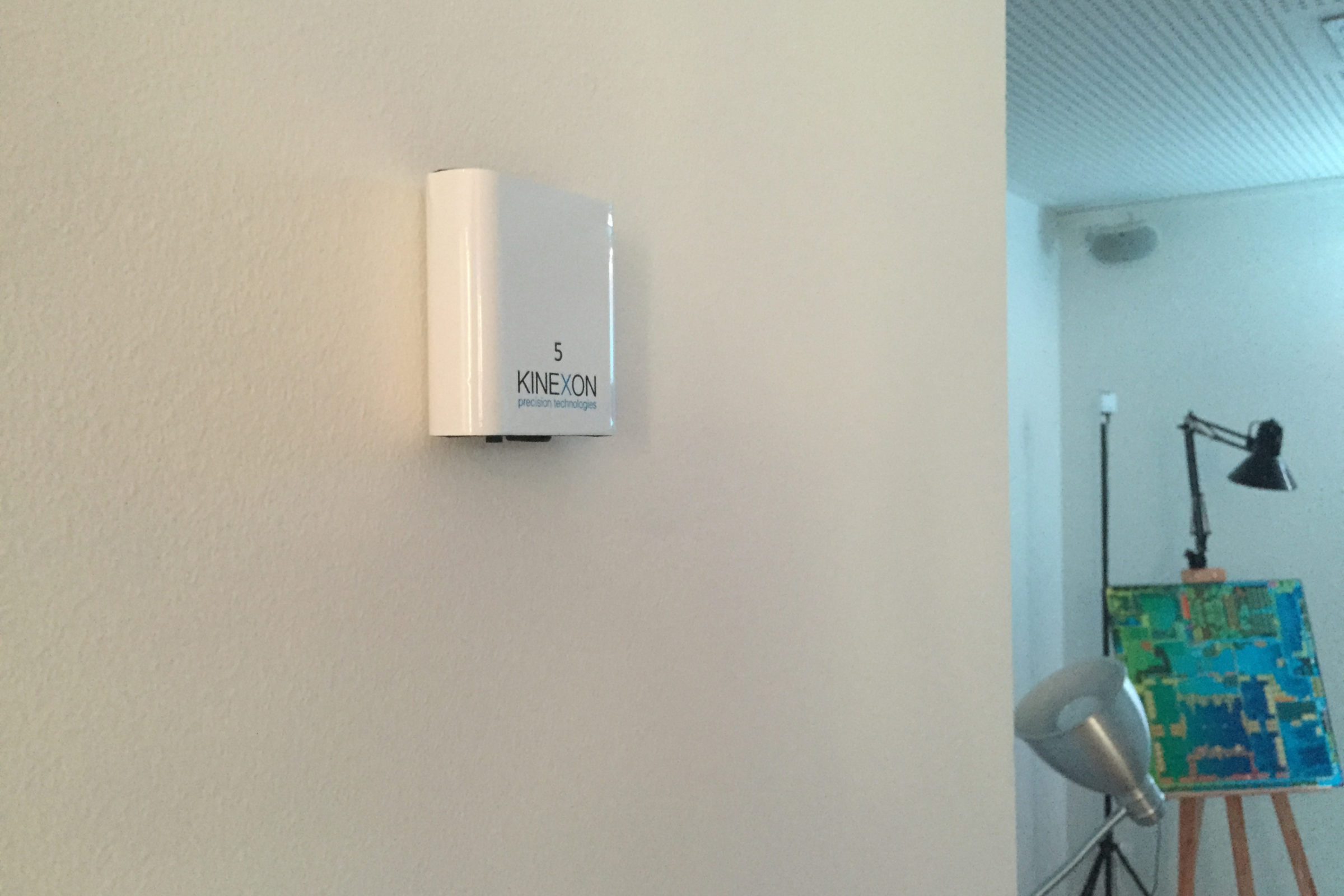
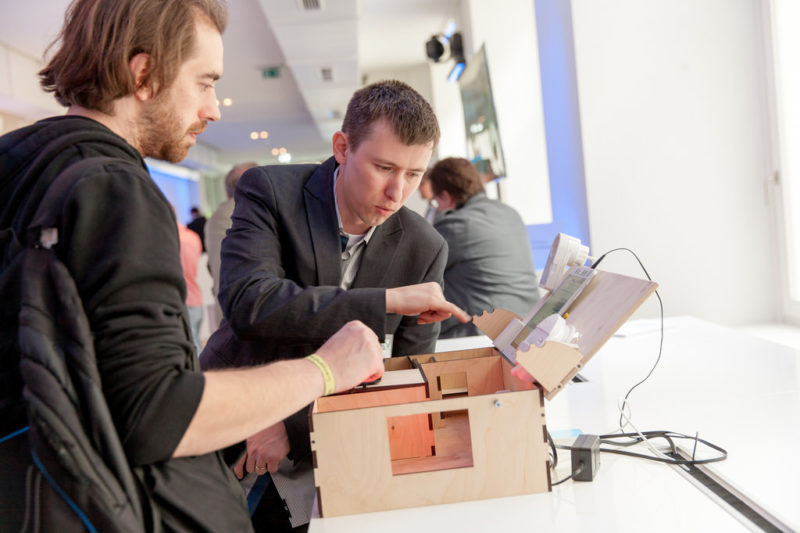
“The potential of the Internet of Things and the increasing connectivity between objects is enormous. At Kinexon we are convinced that position, motion, and status information will be essential for the smart interaction between objects as well as between objects and individuals,” said Dr. Oliver Trinchera, co-founder and Managing Director of Kinexon. “Kinexon technology will be a key enabler by powering the internet of things with location & motion data that is truly precise, simple, and smart.”
“We think that while the traditional business will continue to exist of course, the next big thing will be wearables definitely, and the internet of things,” said Markus Weingartner, EMEA PR Manager at Intel Corporation.
The user’s positive feedback and the great press coverage once again underlined the potential of wearables and smart home applications and made the Intel Future Showcase a huge success. Coming back to Moore’s Law and its prediction on the speed of technological developments, it can be definitely stated that it will not be a matter of years until we see the smart home vision become true.

